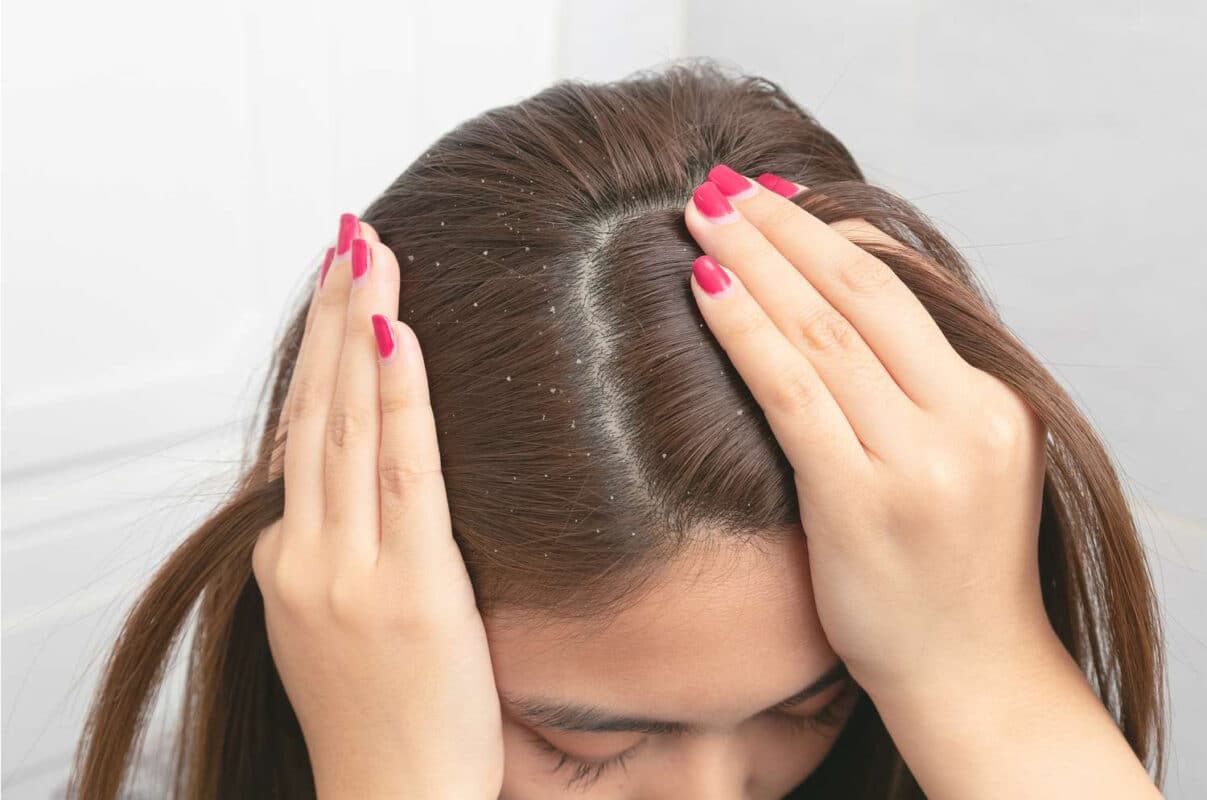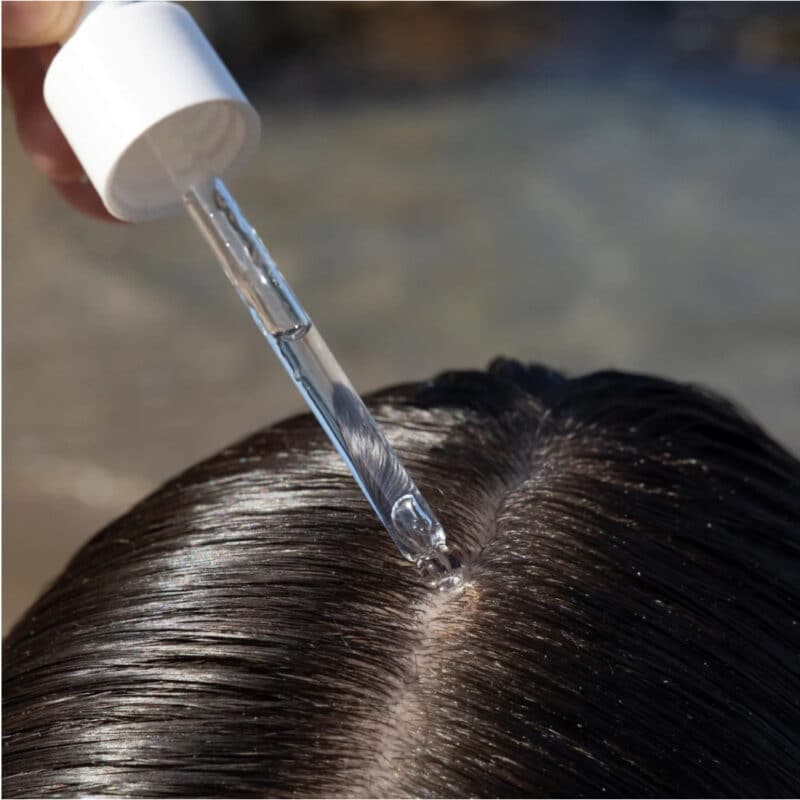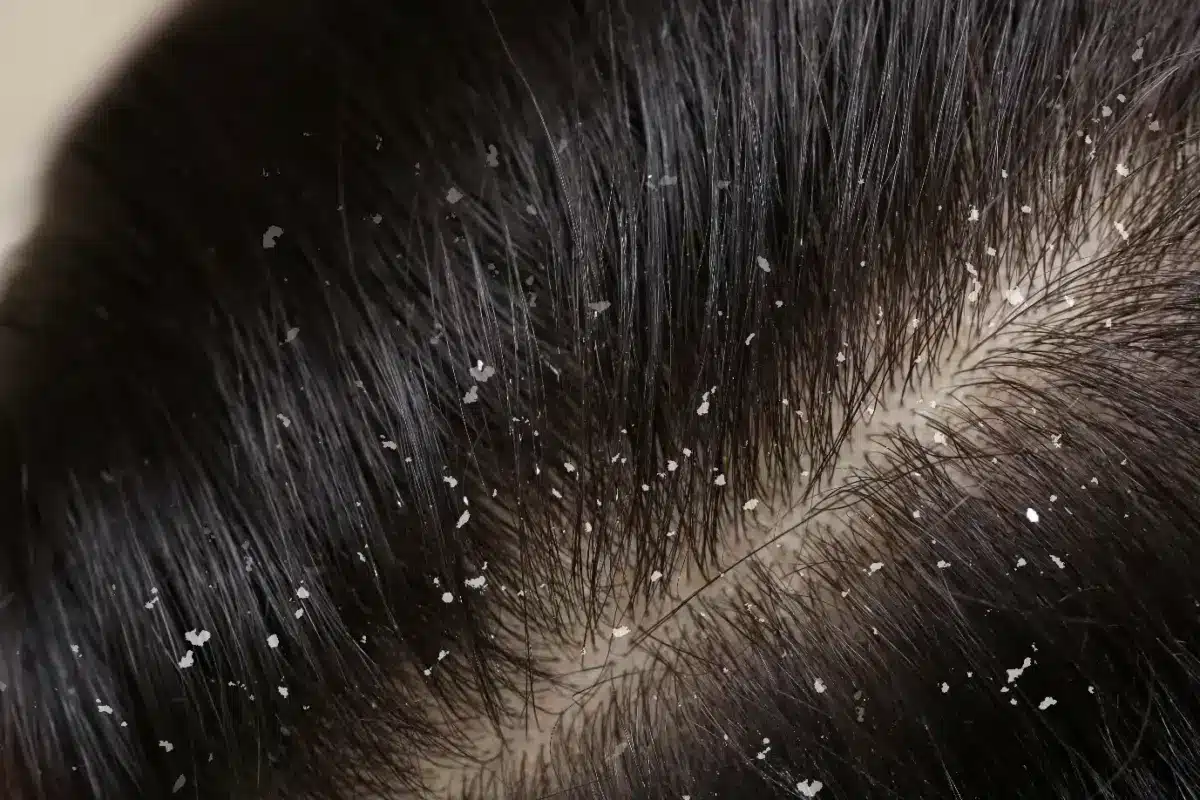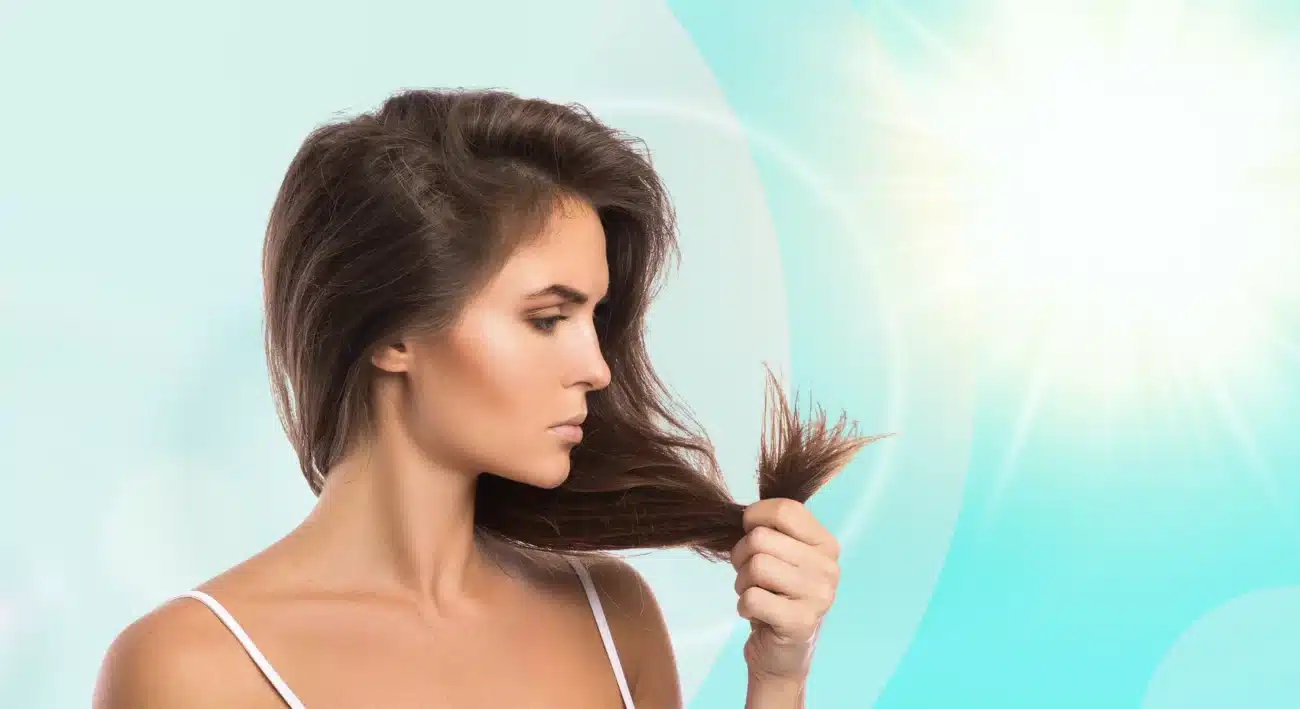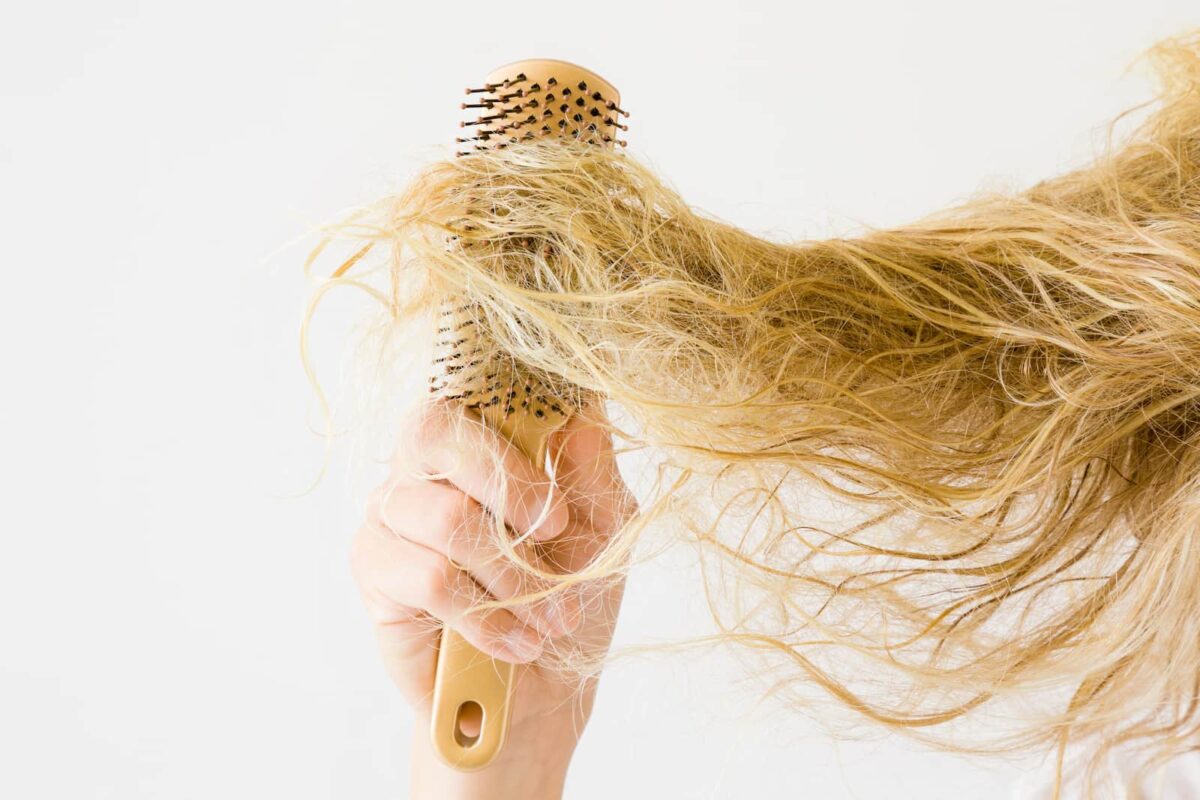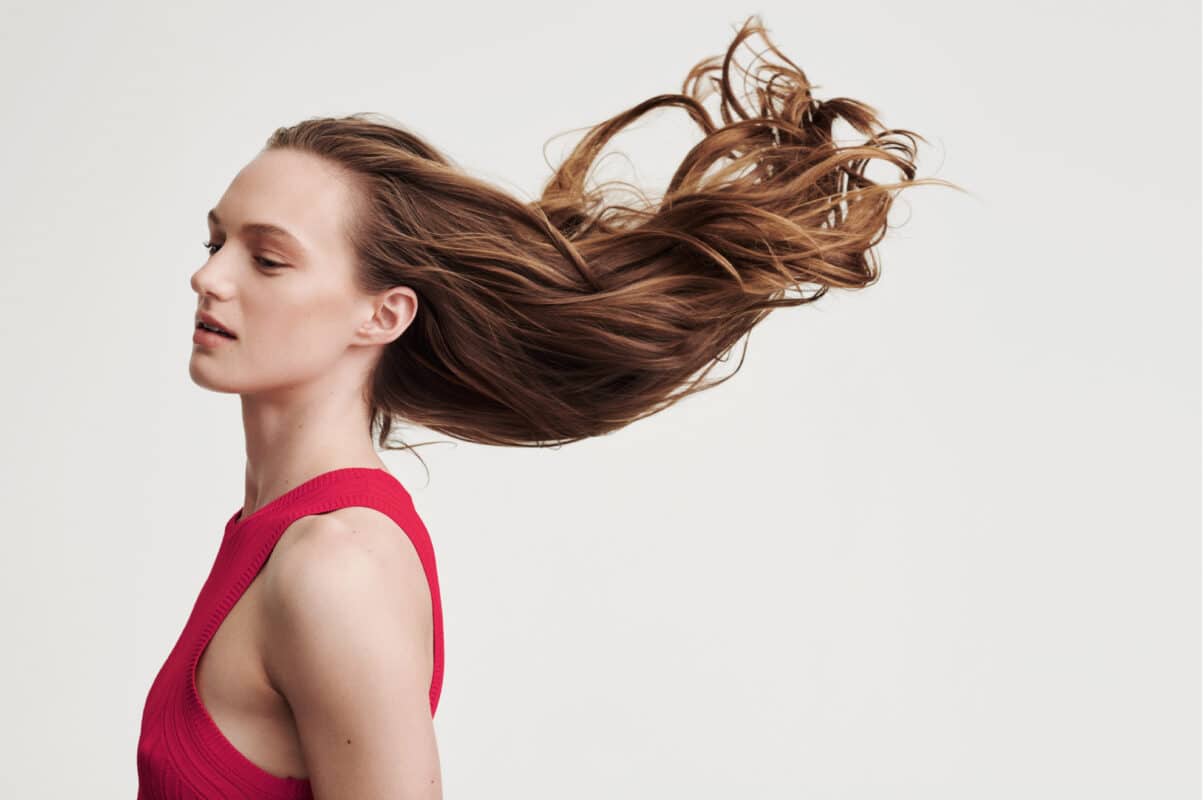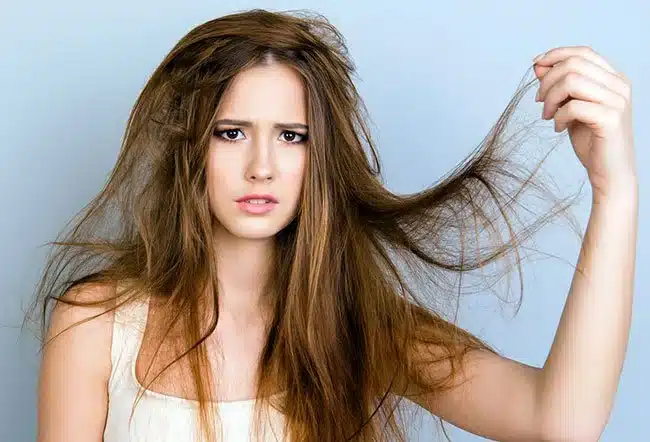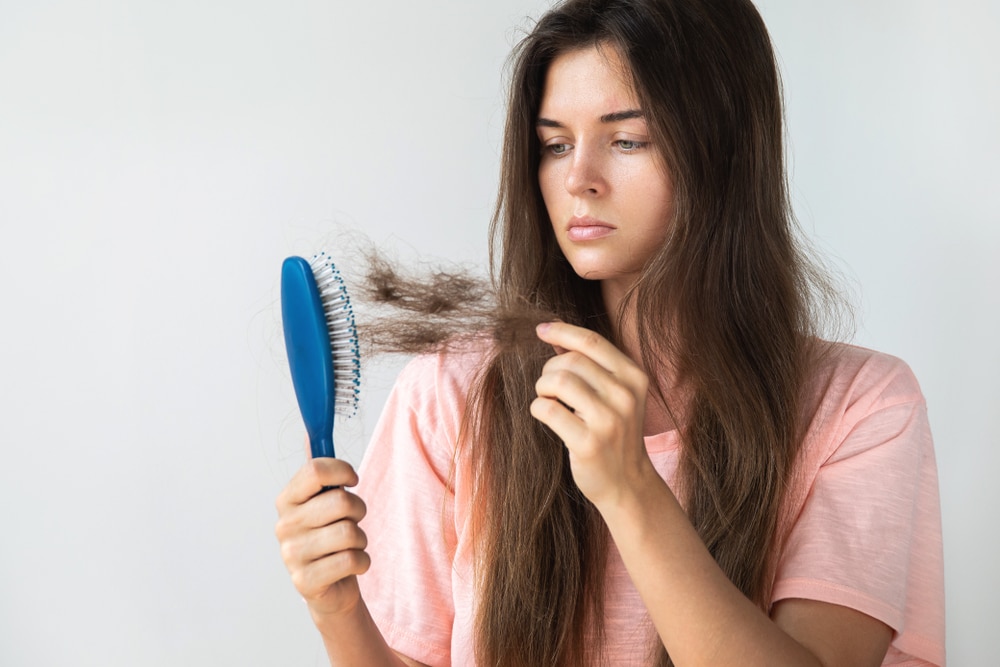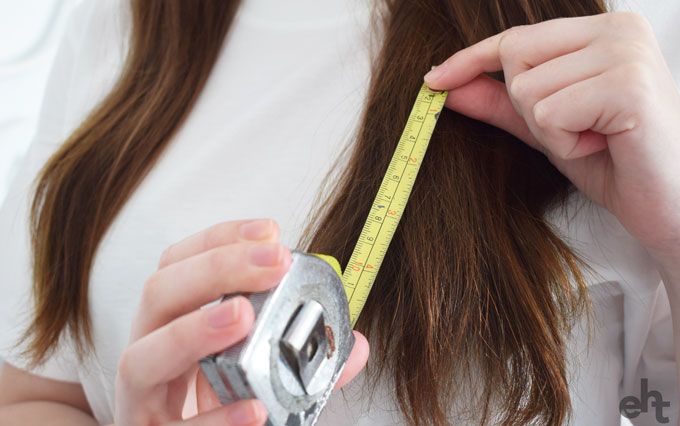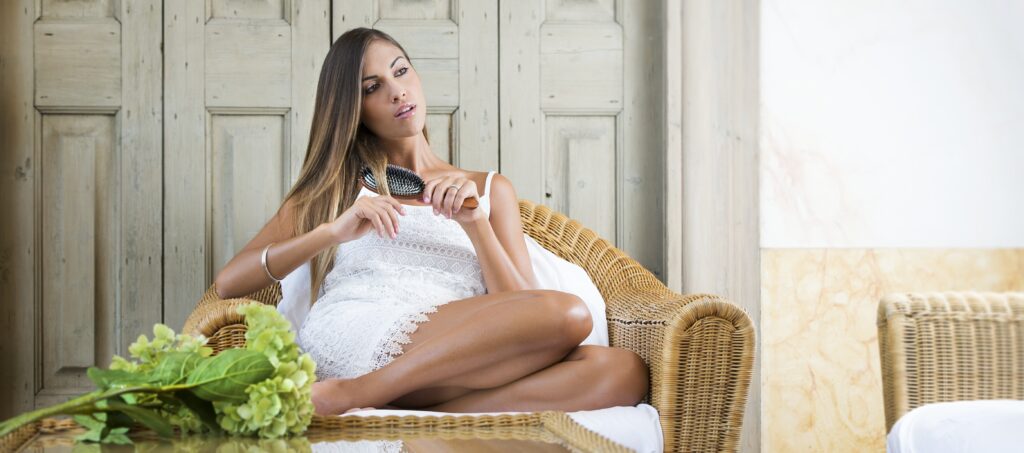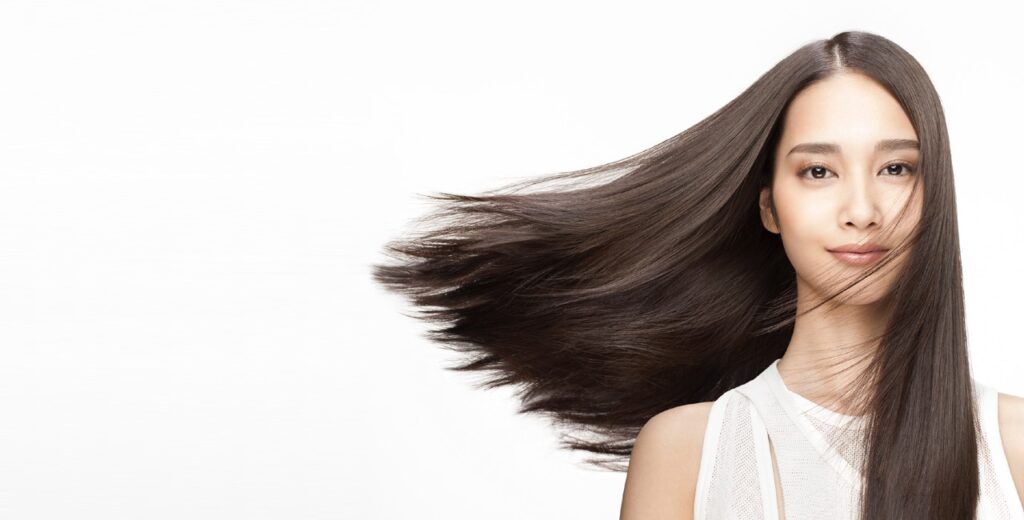Curly hair care tips
Many people who have straight hair would like their hair to be bouncy, curled and wavy. On the other hand, people whose hair is curly have to treat it much more carefully and devote much more time to it so that it looks shiny, neat and well-groomed, and the curls are clearly defined. Curly Hair it can look beautiful, but only those who have this type of hair know how difficult it is to manage and shape unruly curls. In addition, curly hair is naturally dry, so it needs additional treatments.
We decided to make a short guide on curly hair and its characteristics, and there are also little tips and tricks on how to properly wash, comb and dry it, what type of product is suitable for this type of hair, what should not be done, and what routines and products should be used avoid.
What are the characteristics of curly hair?
Curly hair is particularly complex, as each individual hair has its own way of curling. Like most hair types, curly hair can be thin and soft to the touch, medium textured, or thick and coarse.
This type of hair can range from large, loose curls to those that are tiny and curled so tightly that they look like miniature springs. Curly hair is much more prone to breakage and dryness compared to straight hair. If your hair is wavy and curly, you know that it is not easy to maintain your hairstyle, and it is even more difficult to find a good hairdresser who knows how to cut and shape it so that after visiting the hair salon you can easily deal with curls yourself.
Washing curly hair
This type of hair is difficult to get greasy, so it does not need frequent washing - it is recommended to wash your hair no more than twice a week, because shampooing and rubbing further damages it and makes it tangled and frizzy. Since shampoos specially designed for curly hair, and it should be borne in mind that shampoos for dry and damaged hair they also suit curls.
Curly hair needs more moisture and more hydration, so mild ones are recommended sulfate-free shampoos and mandatory use of conditioner. Look for masks to strengthen and hydrate curly hair and nourish your curly hair with a leave-in pack as recommended.
Combing curly hair
As strange as this may sound, curly hair is not combed every day. If you comb it while it is dry, the curls will no longer have their shape, and the hair will look like a broom. Therefore, combing is recommended only after washing, while keeping the conditioner on the hair. First, you should run your fingers through your hair, and then comb it well.
It is very important to find an adequate brush ie a comb for curly hair otherwise, the hair will be electrified, and the shape of the curls will be spoiled.
Curly hair drying
When it comes to drying curly hair, it would be best to dry only the roots and let the hair dry naturally. If you are unable to let your hair dry on its own, use a hair dryer attachment (diffuser) specially designed to direct the heat so that the curls retain their shape.
In addition, scrubbing hard with a towel is not recommended. There is also a trick with a cotton t-shirt that will absorb excess water. Given that wet hair is more sensitive, and towels are rough, it can happen that the towel is aggressive towards the cuticle of the hair by direct rubbing, as well as picking up all the water from the hair itself, which we do not want to happen. Hair should keep water inside - a cotton t-shirt, due to its smooth surface, will collect moisture only from the outside and will not electrify the hair.
Natural preparations for the care of curly hair
Frizz also makes it difficult for the natural oils your hair produces to distribute, coat and hydrate each strand, leading to dry and "thirsty" hair. The most effective thing you can do for your curly, dry hair is a good quality oil. Natural oils will restore the lost lipids to the hair and restore the damaged hair structure. Please note that the preparations contain any of the following oils or their combination:
- Rosehip oil - Regular use of this oil will give the hair softness and make it smooth and silky.
- Argan oil - It is known for acting as a protective layer on the surface of the hair and controlling static electricity. In addition, it nourishes and hydrates damaged hair.
- Evening primrose oil – It has a high concentration of a fatty acid known as GLA (gamma linolenic acid).
- Jojoba oil - It is rich in vitamins A, D and E, as well as omega 6 and omega 9 fatty acids.
- Coconut oil - Prevents damage and reduces protein loss in hair.
- Bamboo extract – Calms unruly hair and nourishes split ends. Bamboo leaf extract nourishes and protects the surface of the hair by providing moisture, reducing static electricity and helping hair shine thanks to amino acids.
In addition to smoothing and softening, natural oils also have the property of providing thermal protection, protecting hair from chemical damage during dyeing, as well as from sunlight, sea salt, and chlorinated pool water. Professionals advise that the oil be applied before dyeing and that the hair be combed on that occasion. Nutrient ingredients from the oil will penetrate the cuticle, nourish, protect and hydrate it so that the hair is neither greasy nor lifeless.
Styling curly hair
Well cut curly hair and expertly thinned curls will do half the job and allow you to just scrunch it up and let it dry naturally or blow dry with a blow dryer.
The hairdresser should "know" your hair and create such a hairstyle that you won't need a whole team of hairdressers and stylists to maintain.
Foams, gels, creams and hair wax - what to choose for styling? Not all curly hair types are the same either. Some "owners" of curly hair have naturally dry hair, while some have an oily scalp, so it is not recommended to additionally oil it with oils and creams. Some curly hair is also thick, while there is also rare hair that curls.
Whichever of the preparations for strengthening the curls you choose, do not apply them directly to the hair, but rub them between the palms and only then apply them to the curls. Grab the hair layer by layer and "ruffle" it from the bottom, from the very ends of the hair.
More advice
- When washing curly hair, make sure that the final rinse is cold water. Cool hair will close the cuticles and give it shine.
- Regularly cut the "bloomed" ends. Do not let several months pass between two visits to the hairdresser, because the hairstyle will lose its shape.
- Satin pillowcases are better for your hair type from cotton, because there is less friction.
- Too many preparations will do more harm than good.
- If you have switched to using natural preparations, know that they need a longer period to show their full effect than "instant" solutions that contain harmful chemicals and will dry out your hair in the long run.
It's time to give your curly hair more care. This does not mean that you will spend more time. On the contrary, more correct treatment of curly hair and more adequate care you will provide for it will make you have shiny and well-groomed hair that is quickly and easily styled. Caring for curly hair can be tricky, but the results are worth the effort. After all, what's better than healthy, bouncy curls that shine?



